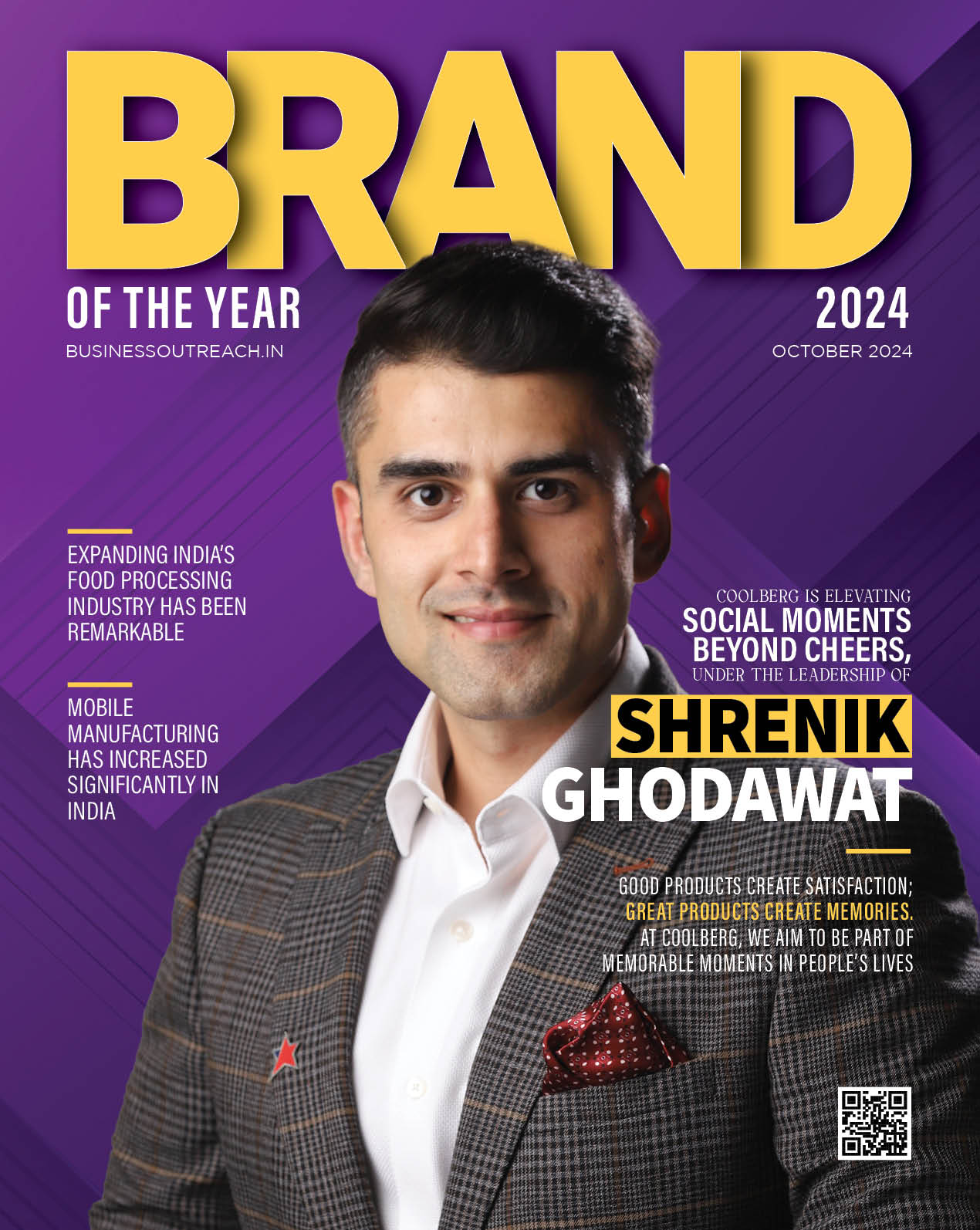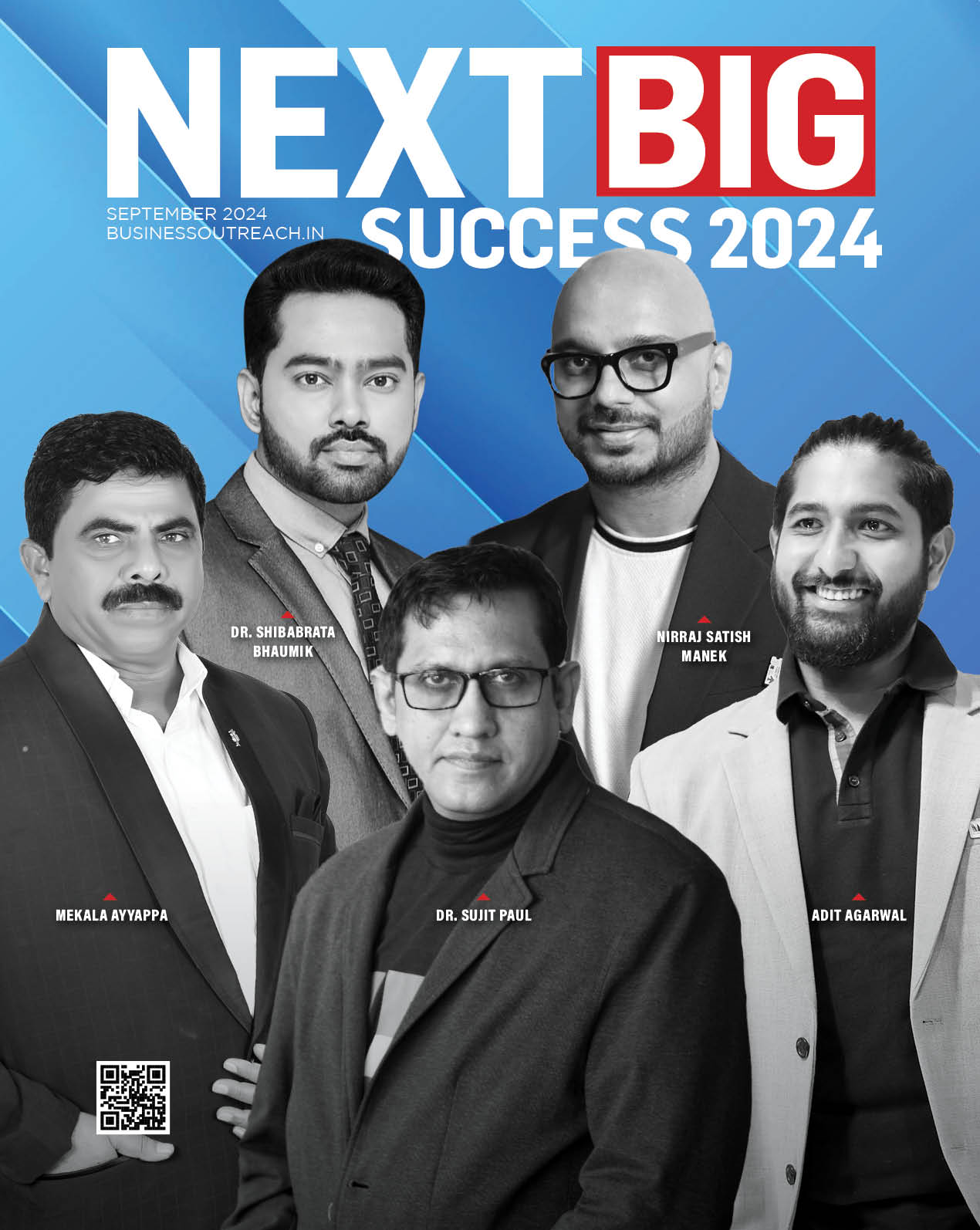In today’s fast-paced world of technology, one name stands out as a true innovator and leader: Such brand names like Lenovo. A living example of how a small Chinese company has grown to be one of the largest technology giants around the world, Lenovo has revolutionized how people work, have fun and interact online.
In this detailed guide, you will learn all about Lenovo’s history, the products that revolutionized the company as well as its impact on our world today.

Source: Google Images
The Genesis of A Technology Company
The Lenovo Company has its origin in Beijing, China, and it was founded on the 1st of November, 1984. Three of these scientists co-founded the company with a team of ten other engineers in November 1993, with an initial capital of $250,000 Yuan. Although the company created its first concept as ‘Legend’, it started importing televisions but the first attempts were not successful. However, this was not the end of the people passionate about the contribution of this team.
| Category | Details |
| Company type | Public |
| Traded as | SEHK: 992 |
| Industry | – Computer hardware- Electronics |
| Founded | 1 November 1984; 39 years ago (as Legend 联想)Beijing, China |
| Founder | – Liu Chuanzhi- Danny Lui |
| Headquarters | – Hong Kong (registered office)- Beijing, China (Operational headquarters)- Morrisville, North Carolina, United States (Operational headquarters) |
| Area served | Worldwide |
Liu Chuanzhi: From Frustrated Scientist to Lenovo Founder

Source: Google Images
By the early 1980s, Liu had made some progress as a computer scientist, but he still felt unsatisfied with his career. Although his work on magnetic data storage was significant, it didn’t have immediate practical uses. He mentioned, “We were the top computer technology research organization in China.
We created the first electron-tube computer and the first transistor computer. But we only made one of each, and then moved on to something else.
” Liu was also worried about his finances; by 1984, he had a growing family but was earning only 100 RMB per month.
In 1984, Liu founded Lenovo (originally called Legend) with ten other engineers in Beijing. They started with 200,000 yuan and an office that was about 20 square yards in size. Liu decided to start Lenovo because there was a lack of funding at the Chinese Academy of Sciences (CAS).
Liu’s superior arranged for the academy to lend them 200,000 yuan. Reflecting on that time, Liu said, “It wasn’t easy. In the early ’80s, the lowest thing a scientist could do was go into business. China had a strict planned economy, and there was hardly any room for a company like ours.”
Key Milestones in Lenovo’s Early Years
1990: Lenovo also began manufacturing and marketing of computers under its own brand.
1994: The company gets listed on the Hong Kong Stock Exchange and offers nearly $30 million.
1996: Lenovo is recognized as the market leader in China and the company sells nearly one million computers.
1998: Company releases its revolutionary Tianxi computer aimed to bring net to the China average Joe.
Lenovo’s Journey: Milestones, Acquisitions, and Market Leadership
| Information | Details |
| Founded | 1984 |
| First Recruitment Process | Advertised in May 1988 |
| Public Listing | Became a publicly traded company in 1994 Hong Kong listing, raising nearly US$30 million |
| Secondary Offering | Issued a secondary offering of 50 million shares in 2000, raising around US$212 million |
| IBM Acquisition | Acquired IBM’s personal computer business in 2005 |
| Tablet and Smartphone Division Sale | Sold in 2008 to focus on personal computers |
| Tablet and Smartphone Division Reacquisition | Reacquired in 2009 for US$200 million |
| Joint Venture with NEC | Formed in January 2011 for producing personal computers, holding a 51% stake |
| Medion Acquisition | Announced in 2011, acquired for $900 million |
| Smartphone Market Entry | Entered in 2012, overtaking Apple to become the No.2 provider in China |
| R&D Facility Investment | Announced in May 2012, investing US$793 million in Wuhan, China |
| Motorola Mobility Acquisition | Acquired from Google in 2014 |
| Hong Kong Stock Exchange Listing | Listed and referred to as Red chips |
| New Logo Reveal | Revealed at Lenovo Tech World in Beijing, May 2015 |
| Five-Year Bonds Sale | Announced in June 2015, selling US$650 million |
| Market Leadership in 2015 | Became the world’s number one maker of personal computers, number 3 in making smartphones and tablets |
| Partnership with Fort Lauderdale | Announced in March 2017 with a storage virtualization company |
| Partnership with NetApp | Announced in September 2018, starting two lines of the storage system |
The IBM Acquisition: Securing a Partner: A Game-Changer
Lenovo, which was in the position of selling personal computers in China till 2005, was about to make a daring move to alter the globalization of technology in a big way. They bought IBM’s personal computer division for one dollar. 25 billion.
This included the ThinkPad series of laptops which quickly placed this firm on the global map of computer manufacturing companies.
Why the IBM Deal Was a Big Deal
– Instant global recognition
-Access to cutting-edge technology
-An important market position in the sphere of sales of Business Computers
– The prestigious ThinkPad brand
What made this sort of acquisition challenging wasn’t merely the act of acquiring a company but the process by which two very different organizations were integrated.
The first issue that was before Lenovo was therefore how to integrate an Eastern and a Western business culture, which was going to be a great challenge but a rewarding experience at the same time.
Lenovo’s Product
Lenovo as a company is no longer limited to only providing computers any more. It has penetrated the numerous areas of technology as it seeks to provide the many needs in the market with many products.
1. Laptops and Desktops
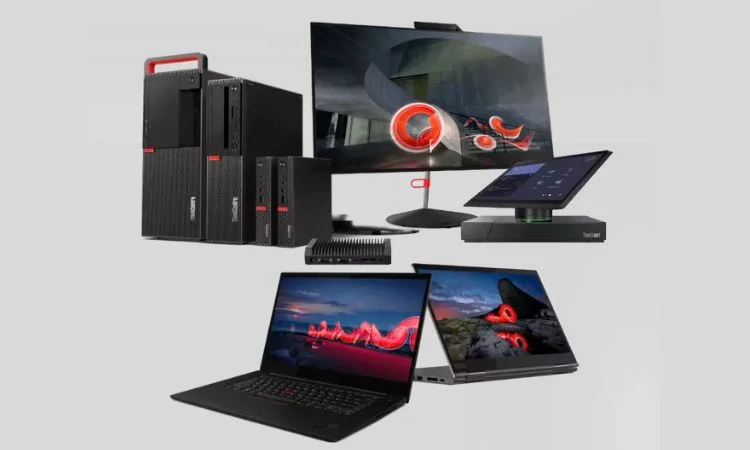
Source: Google Images
Lenovo’s computer lineup caters to everyone from students to high-powered executives:
ThinkPad: It could therefore be said that it is the benchmark of business laptops.
IdeaPad: New laptops designed for the average people with limited budget
Yoga: Hybrid computing solutions in the form of notebook computers also called laptops and slates.
Legion: High-performance gaming laptops.
ThinkCentre and IdeaCentre: Business and Home use of desktop computers.
2. Smartphones
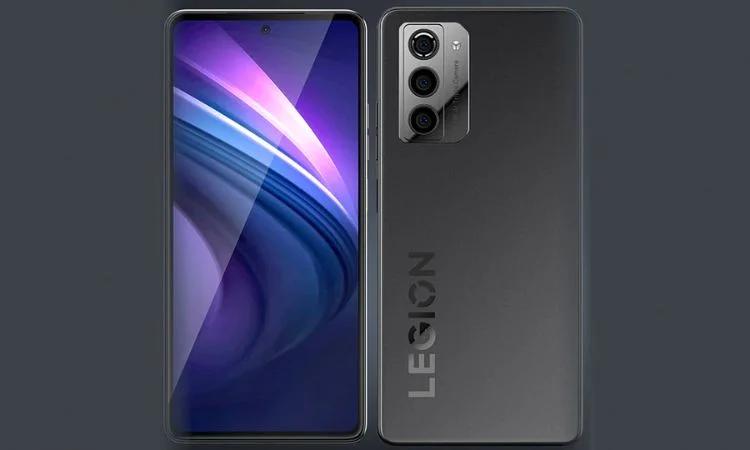
Source: Google Images
While Lenovo moved out from the smartphone business in 2008, they acquired it back in 2009 as they realized that smartphones are the way of the future.
More so in 2014, they performed another merger by acquiring Motorola Mobility from Google.
3. Tablets

Source: Google Images
Lenovo offers a range of tablets, including:
Yoga Tablets: Popular for its design which comes with its stand.
Tab Series: Android tab: which are cheap and best for daily use?
4. Smart Home Devices
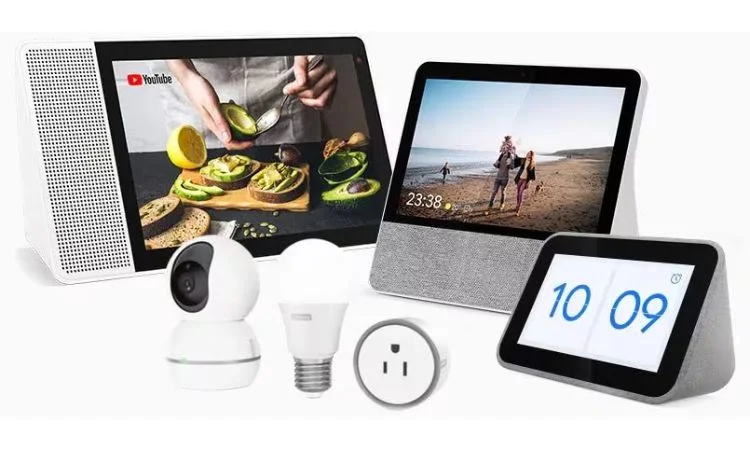
Source: Google Images
Jumping on the Internet of Things (IoT) bandwagon, Lenovo has introduced various smart home products, including:
including:
-Smart displays
-Smart clocks
-Smart bulbs
-Smart cameras
5. Wearables
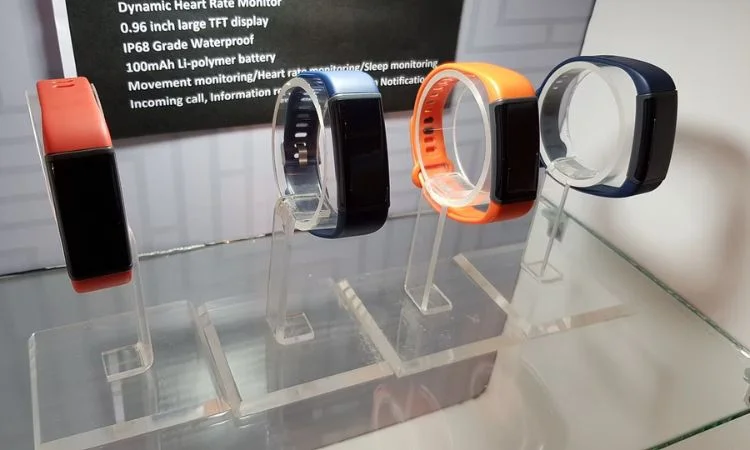
Source: Google Images
The sector specific to wearables hasn’t escaped Lenovo by any means. Under the “Smartband” range they have brought smartwatches and fitness trackers.
Lenovo- Innovation at the Core
Lenovo’s success is not only the sales of products, but the opportunity to demonstrate what is impossible in the field of technology.
Here are some areas where Lenovo is making waves:
1. Foldable Devices
This is true since there have been many foldable devices and one of the companies at the forefront is Lenovo.
In the year 2020, they introduced the ThinkPad X1 Fold known to be the world’s first foldable PC. This technology can be in the form of a tablet, laptop or a book like touch screen.
2. Augmented and Virtual Reality
Lenovo and Microsoft have come up with everyday and business mixed reality headsets through their cooperation.
3. Artificial Intelligence
Lenovo is using artificial intelligence in most of its products whether in the home, PCs and business, scaling the use of technology to be more natural and interactive.
4. Sustainable Technology
Taking into account the aspect of environmental stewardship, Lenovo is focused on developing products that are more environmentally friendly. Companies are now incorporating recycled materials in their devices and are actively trying to reduce their carbon emissions.
Lenovo’s Global Impact
Lenovo holds a similar power of control as Branded Retailers but it goes beyond just the gadgets market. Its achievements include outside education and access and embrace of innovation to society across the globe.
1. Education
Therefore, Lenovo’s devices are incorporated into one or more classes in schools almost everywhere, and they are assisting in reducing the digital production gap, thus offering students an opportunity to use gadgets.
2. Business Solutions
It caters for both small growing enterprises and multinational corporations with the laptops and other devices they require to operate now.
3. Research and Development
Currently, Lenovo has numerous research facilities in many countries, and this means that the company never has a shortage of ideas concerning the advanced innovations in the field of technology.
Lenovo’s Business Model Canvas

Source: Google Images
Revenue Streams:
The company’s conventional sources of revenue include hardware sales, including PCs, laptops, desktops, tablet, smart phones, and servers, tablets, Smartphones and data centre infrastructure. In the investment year 2022 Lenovo recorded a consolidated revenue of $71, 6 billion with an increase in sales from the Intelligent Devices Group as well as in the services segment which generated more than $6 billion.
Other revenues are generated from the partnerships, licensing of company brands and finally from the investment in new areas in technology.
Channels:
The various channels that Lenovo uses to get its products to the consumers are online, retail retailers, dealers, integrators, value added resellers, the direct partners with Microsoft, Intel and AWS. To this end, is a multi-channel strategy which makes Lenovo cover over 180 markets that help in boosting both the consumer and enterprise sales.
Customer Relationships:
Lenovo keeps tabs with its consumers through contact, account managers, and by offering customers options such as a self-service portal and response to their social media posts. Business clients such as enterprises and government entities are offered customized account management and services while the end user has the support through call centres, web and social media, and forums.
Key Activities:
Some of the basic strategic activities that Lenovo undertakes are product design, manufacturing across different regions, forming partnerships, supply and distribution of its products and after sale services. Boasting of such an average sales per capita, of course, requires huge investment in R&D — $1. 5 billion in FY2021 alone—Lenovo leads in innovation of consumer and commercial products and technologies.
The geographic reach stretches to China, India, the USA, Mexico and the World known Hungary to ensure that the assembly and deploying of their products is conveniently done worldwide.
Key Resources:
Some of the most important assets of Lenovo are: manufacturing facilities around the world, sales networks and outlets, research and development facilities, brand image and goodwill, patents, licences and other rights, and a pool of talented employees numbering approximately 63 000. It is claimed that over 50 R&D labs around the globe help the company sustain its competitive advantage and file thousands of patents each year.
Key Partners:
List of partners of Lenovo are semiconductor companies like Intel and Qualcomm, software partnerships with Microsoft, Linux and SAP, channels having over 28000 value added resellers. Lenovo’s strategic partnerships improve the firm’s product portfolios, market coverage, and innovation capabilities in new technology segments.
Cost Structure:
The cost structure used by Lenovo includes the cost of the components used in production, production costs, cost of research, costs incurred in distribution and in the global market and the costs incurred in marketing. Manufacturing expenses are large because volume production demands are high, and the company has made strategic facility investments all over the globe.
Rail and new technology development usually occupy an R&D spending of approximately 4% of one-year revenues. Also, Lenovo spends considerably in global distribution networks and properly planned marketing strategies to improve brand reputation.
Customer Segments:
Lenovo is currently positioned to supply the global consumers, large enterprise and government users, education institutions, and SMBs. The biggest segment for the company is the consumer segment that owns personal computers with Lenovo being the industry’s leader in this segment while the other segment gains from IT solutions developed for the enterprise and SMB market segments. Lenovo also has close relationships with educational customers which help develop the tools that can improve the educational process.
Value Proposition:
The value proposition that has been used by Lenovo is the product portfolio, geographical reach, vertical integration and technology innovation, and customer support. Lenovo, the largest maker of PCs globally, uses economies of scale and manufacturing experience to provide tailor made solutions in over 180 countries.
A focus on innovation can be seen with emphasis on such impactful technologies as AR/VR, 5G, and AI, yet maintaining credentials of an enterprise stalwart of dependability inherited in special after-sales services and high server uptimes.
Challenges and Controversies Faced by Lenovo
Like any large corporation, Lenovo has faced its share of challenges and controversies:
Superfish Incident (2015): Earlier in the year Lenovo installed adware on some of its consumer laptops, which raised security issues.
U. S. Military Ban (2006): This led to the U. S. State Department to bar the use of Lenovo computers in its classified networks on account of worry over the Beijing government’s influence.
Market Share Fluctuations: Although Lenovo has been dominating the PC market with sales across the globe, the competition has been very much tight.
The Future of Lenovo
As we look to the future, Lenovo shows no signs of slowing down.
The company continues to innovate and expand into new areas:
- 5G Technology: Lenovo is investing heavily in 5G, both in devices and infrastructure.
- Cloud Computing: The company is expanding its server and data center business to meet the growing demand for cloud services.
- Smart Cities: Lenovo is working on solutions to make our cities smarter and more efficient.
- Quantum Computing: Always looking ahead, Lenovo is exploring the potential of quantum computing.
Conclusion
From its humble beginnings in a guard shack in Beijing to its current status as a global tech leader, Lenovo’s journey is a testament to the power of innovation, perseverance, and adaptability. By continuously pushing the boundaries of what’s possible, Lenovo has not only transformed itself but has also played a crucial role in shaping our digital world.
As we increasingly rely on technology in our daily lives, companies like Lenovo will continue to play a vital role in determining how we work, communicate, and interact with the world around us. Whether you’re typing away on a ThinkPad, scrolling through your Motorola smartphone, or exploring virtual worlds with a Lenovo VR headset, chances are that Lenovo’s innovations have touched your life in some way.
The story of Lenovo is far from over. As technology continues to evolve at a breakneck pace, we can be sure that Lenovo will be at the forefront, ready to tackle the challenges and opportunities of tomorrow. From artificial intelligence and quantum computing to sustainable tech and beyond, Lenovo’s commitment to innovation promises an exciting future for tech enthusiasts and everyday users alike.
